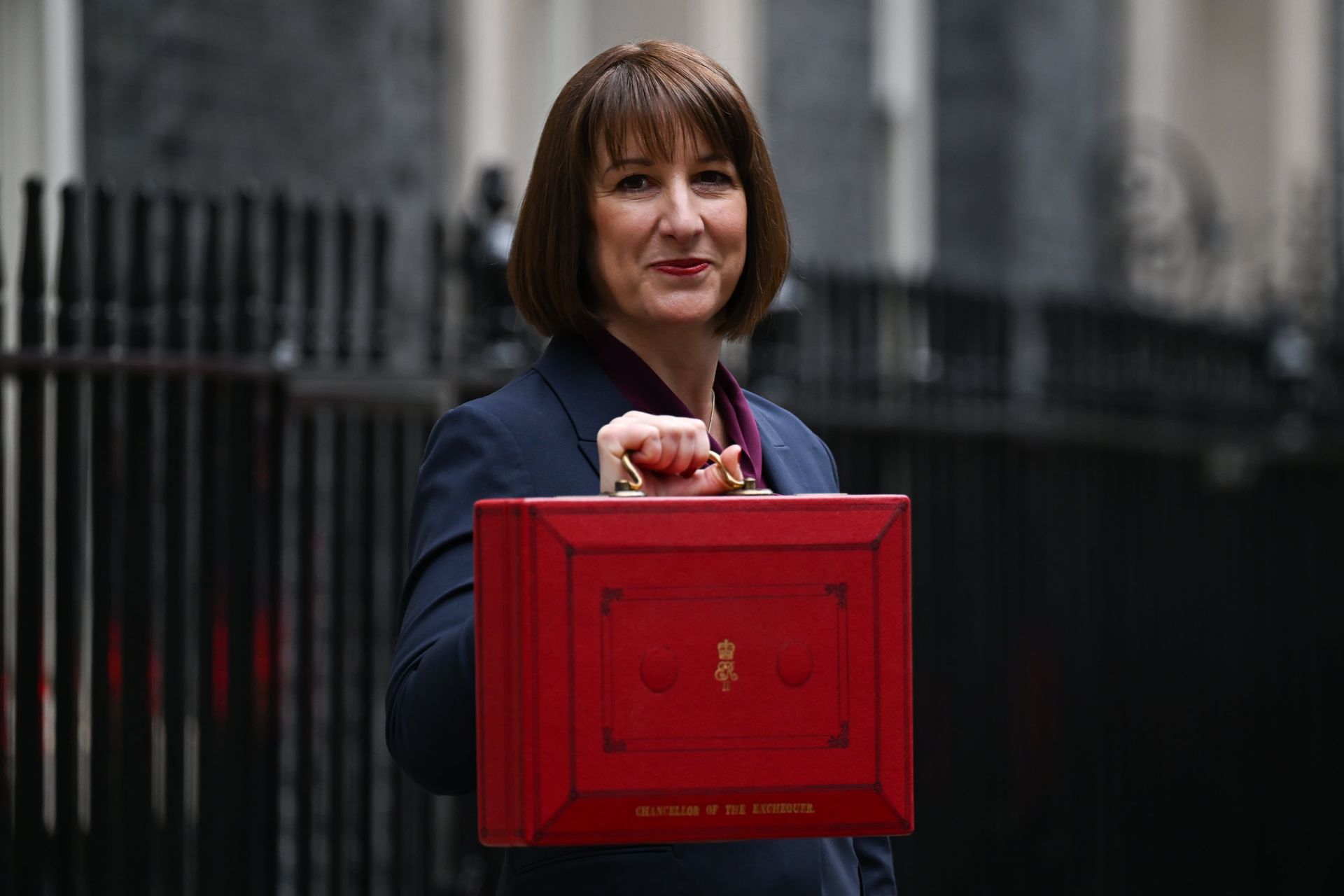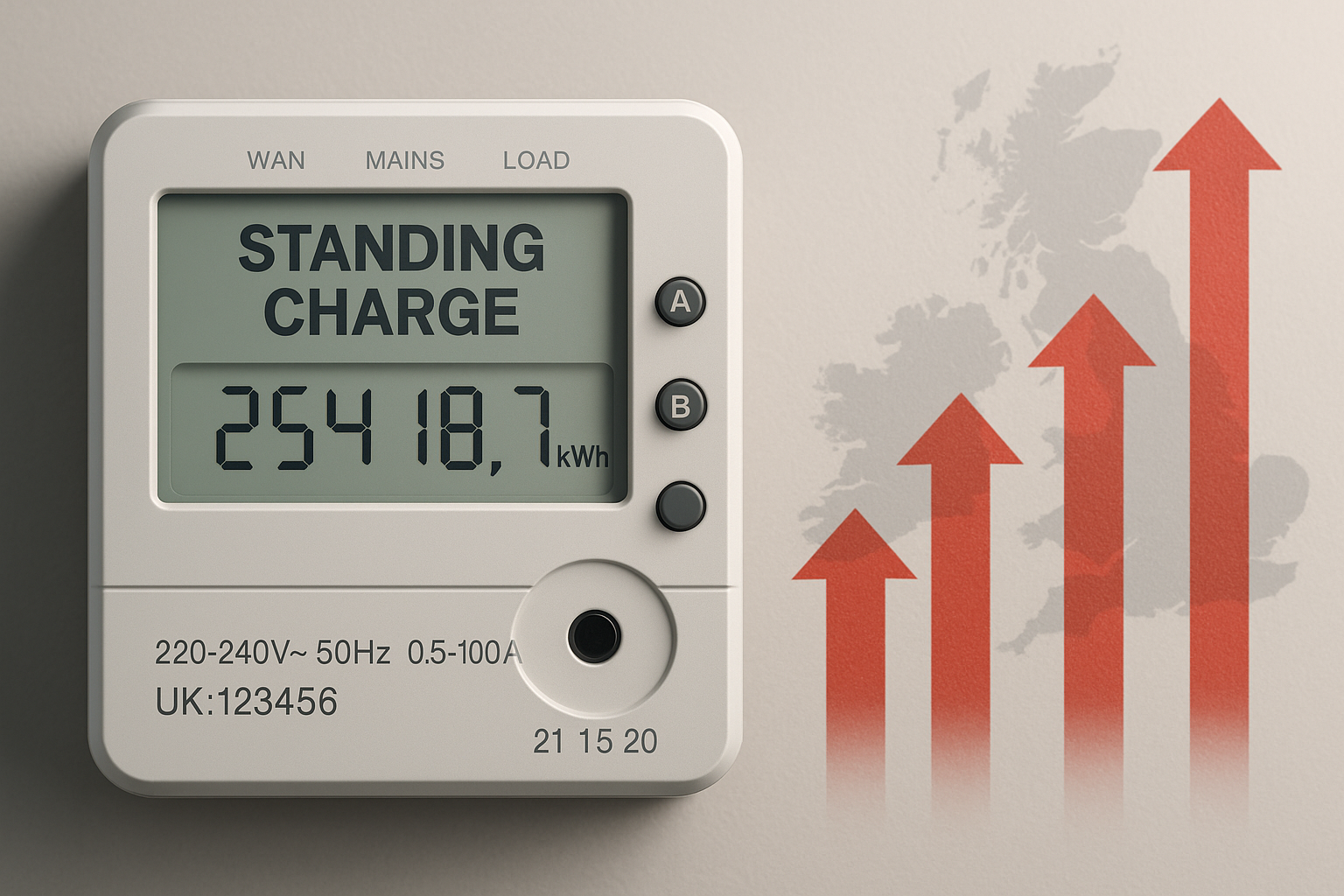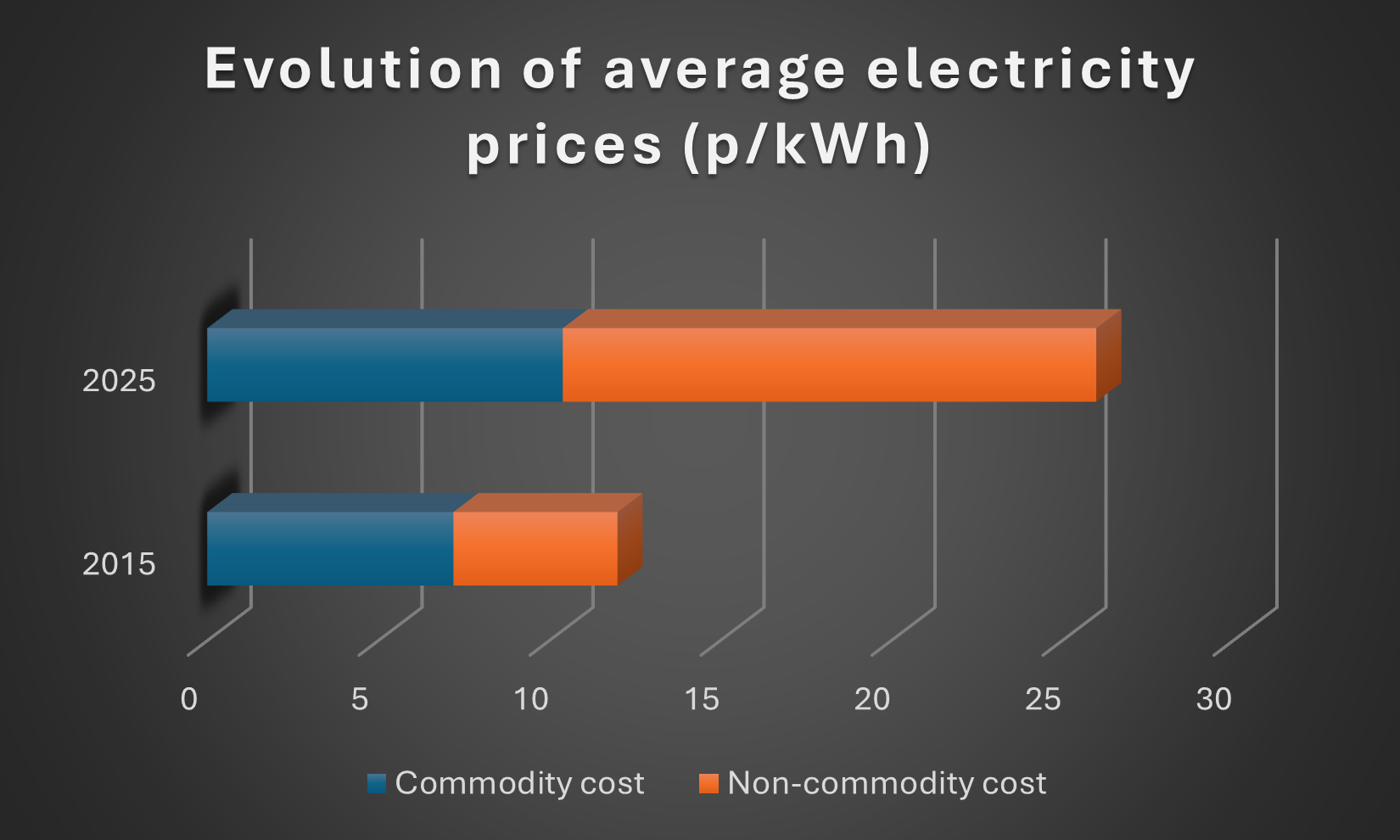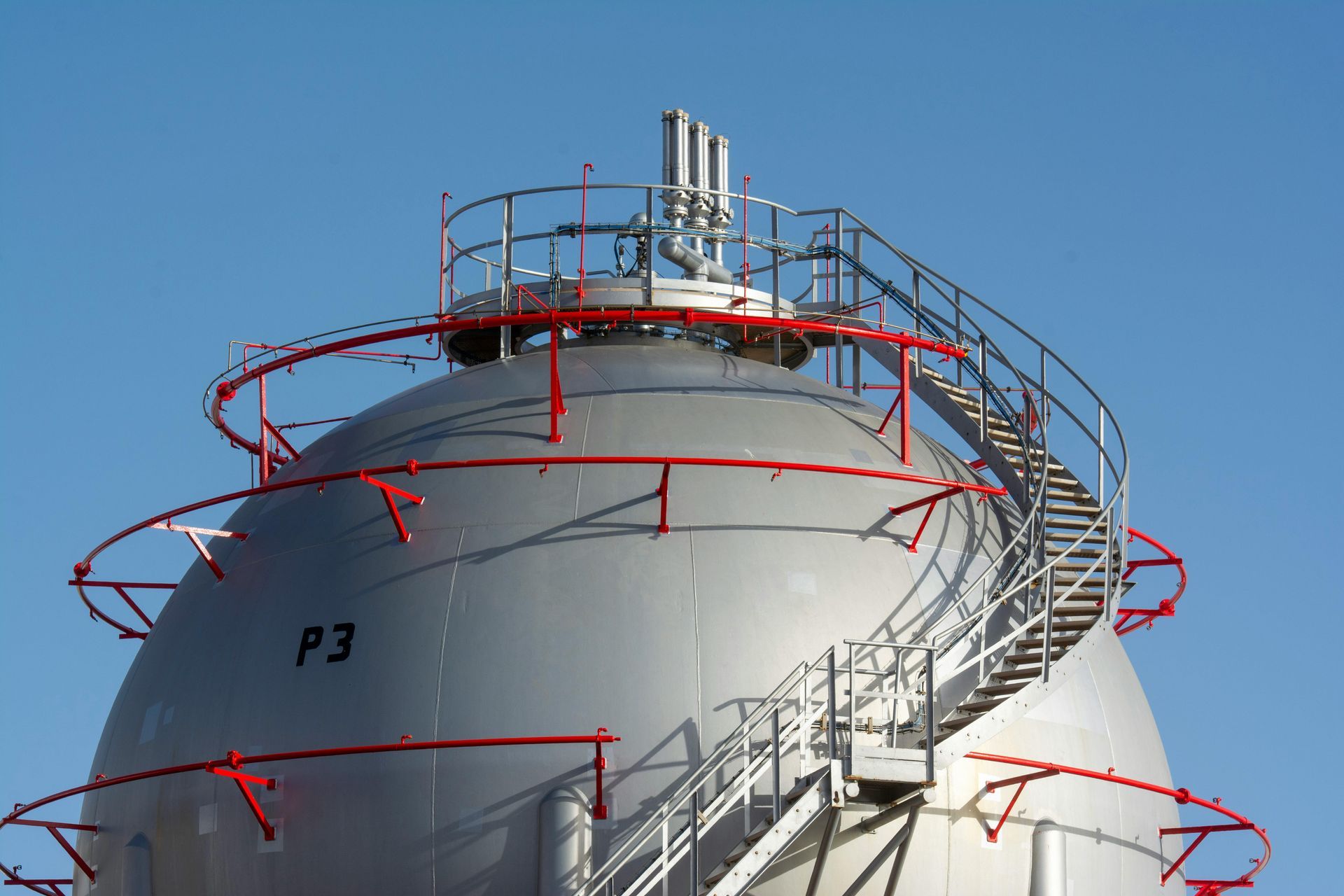June Review
June Review
By Adam Novakovic
The summer is now underway, with disappointing weather and England under-performing at a major football tournament, it may be understandable if a sense of déjà vu is in the air. This nagging sense of familiarity extended into the energy markets, with the major narratives impacting gas and electricity prices echoing the news of previous months.
Wholesale energy prices stayed range-bound as indecision reigned in the markets. Traders seemed uncertain whether now is the time to submit buy orders or to be more cautious, and this led to prices remaining stable throughout the month.
One of the major stories – which now seems to be a monthly occurrence – was unexpected outages impacting Norwegian supply. The Sleipner Riser connection hub suffered an outage at the beginning of the month, impacting supplies of LNG being delivered to the UK and mainland Europe. This news caused a small jump in gas prices and further highlighted the dangers of being reliant on gas imports.
Norway was not the only country dealing with supply disruptions during June. The Chevron-owned, Australian Wheatstone LNG facility suffered a 2-week outage due to unexpected repairs.
This facility is largely used to supply East Asia, and -- with numerous parts of Asia facing increased energy demand as a result of heatwaves -- the LNG market has become more competitive. The combination of increased demand and supply issues might be the primary factor for keeping prices at their current levels. With concerns about supply from the Middle East beginning to fade, it would have been reasonable to expect energy prices to fall if not for the complex supply/demand relationship being exacerbated by these issues.
It would be no surprise to hear that small businesses are concerned by the prospect of rising energy costs. A recent survey by the Federation of Small Businesses confirmed that more than half of small businesses surveyed were worried about rising energy costs in the coming years. With energy costs having a significant impact upon the bottom line of many businesses, it has never been more important to ensure you are not paying more than necessary. If you would like a free market review drawn up for you ahead of your next renewal, email Adam@seemoreenergy.co.uk and we can have a market comparison prepared, allowing you to see which options would be best for you.
Outlook
Cornwall Insights lowered their price predictions for energy costs in the final quarter of this year. However, it does still represent an increase on their 3rd quarter predictions. It is normal for there to be seasonal variation and for prices to rise in winter when there will be increased demand.
Last year, prices fell into winter as Europe has gas reserve levels at near capacity. This has been achieved through purchasing between periods of heavy demand. This year, it appears that this may be more difficult to achieve due to increased Asian demand. If storage levels are not at the same levels as last year, we may see price spikes in December/January, spikes that could become more significant should weather conditions be worse than anticipated.
If your business requires advice with its energy procurement, management, or planning, then don’t hesitate to contact Seemore Energy to speak to experienced advisors who can help you with bespoke strategies and advice that is tailored to your needs.










